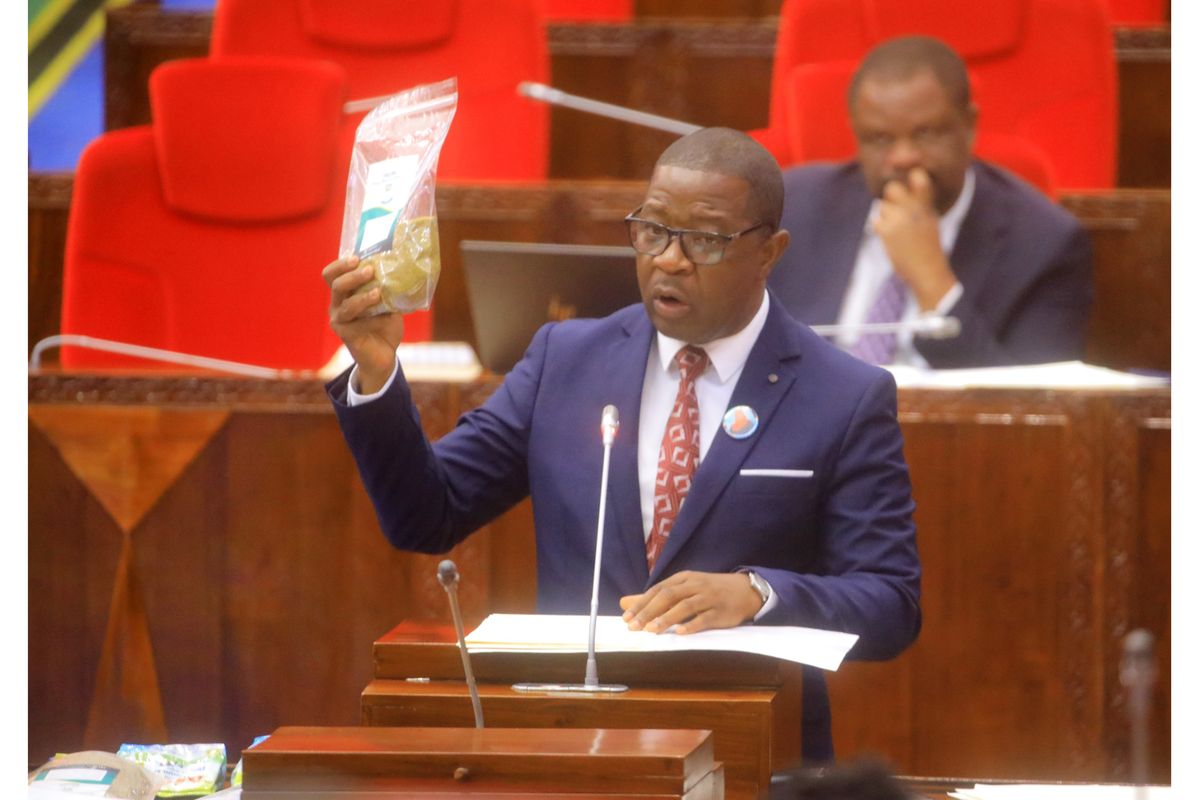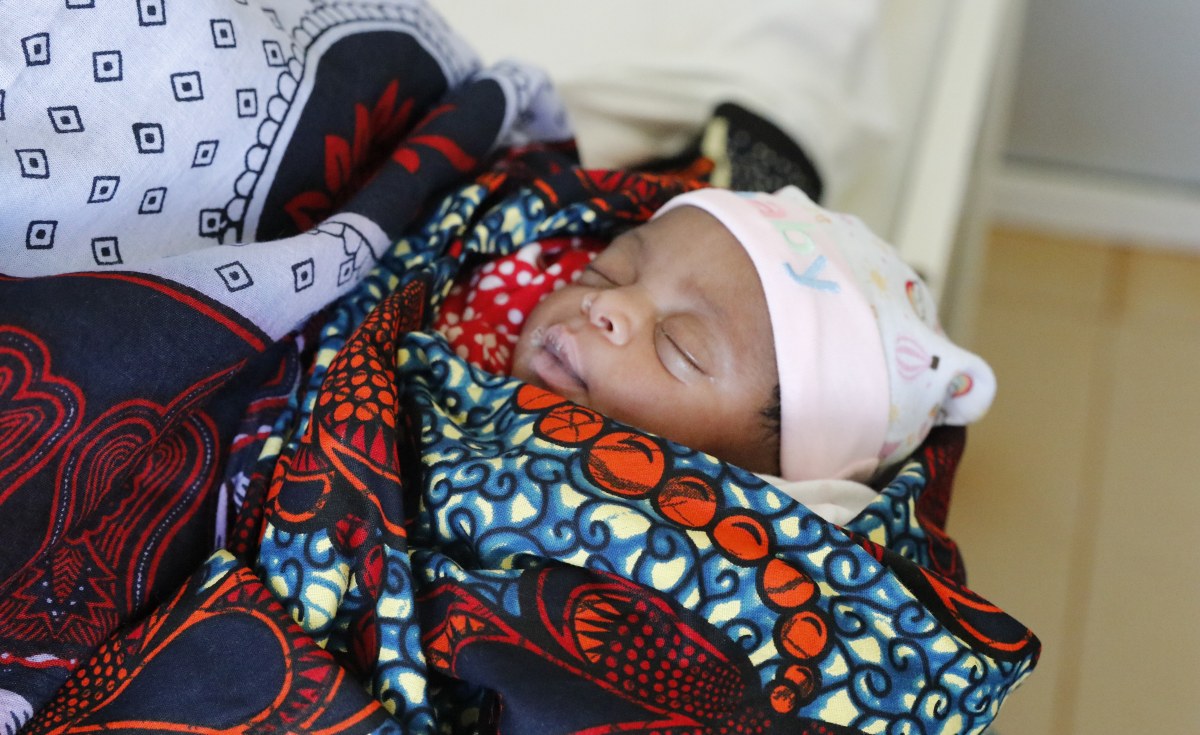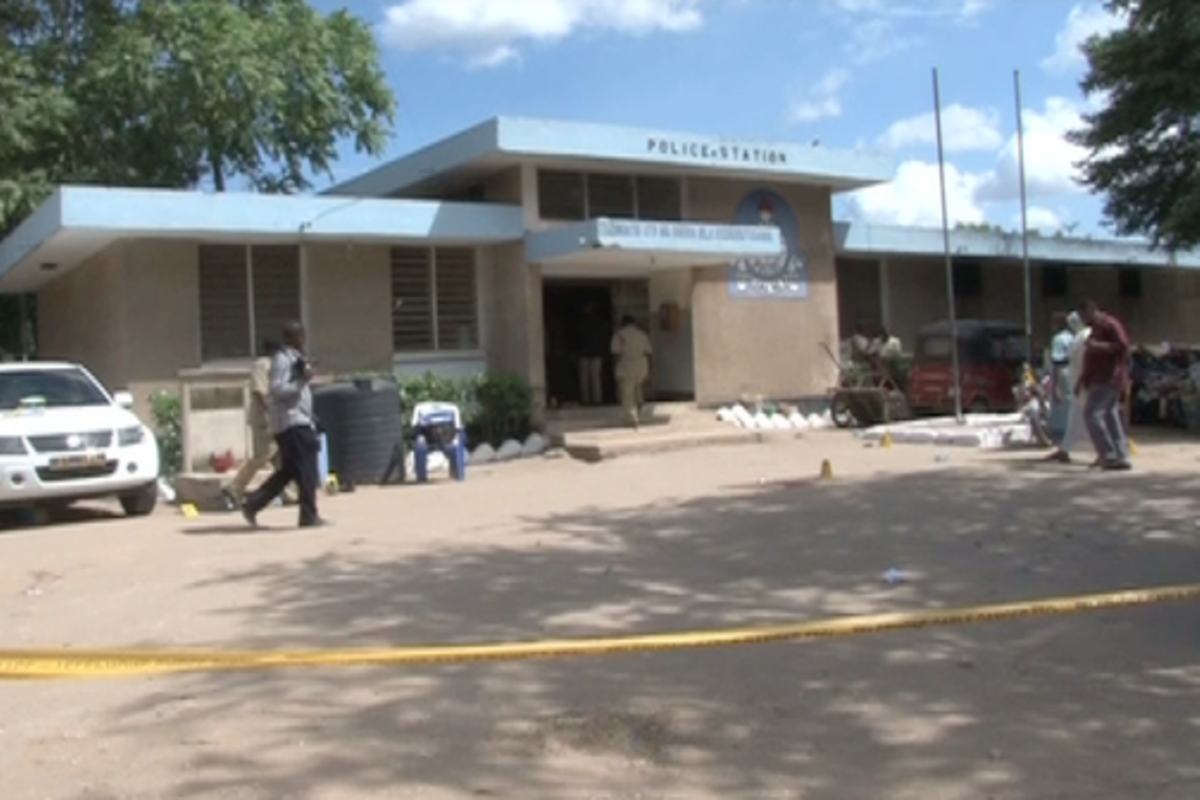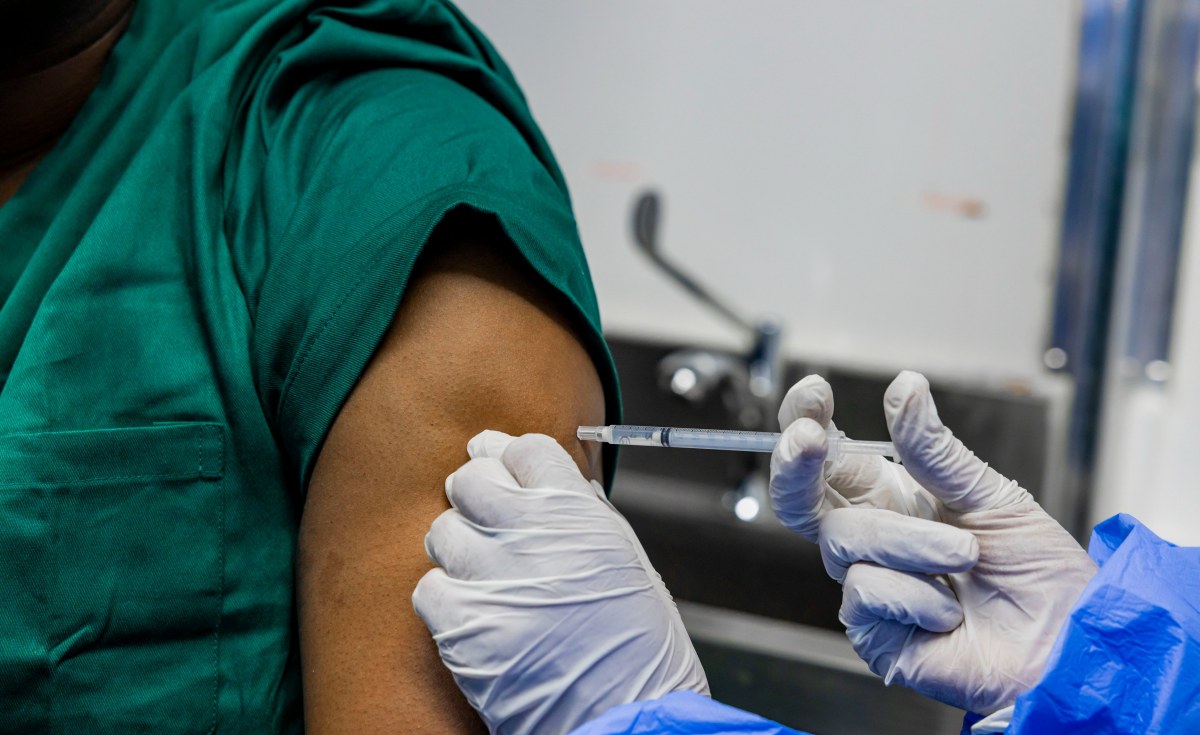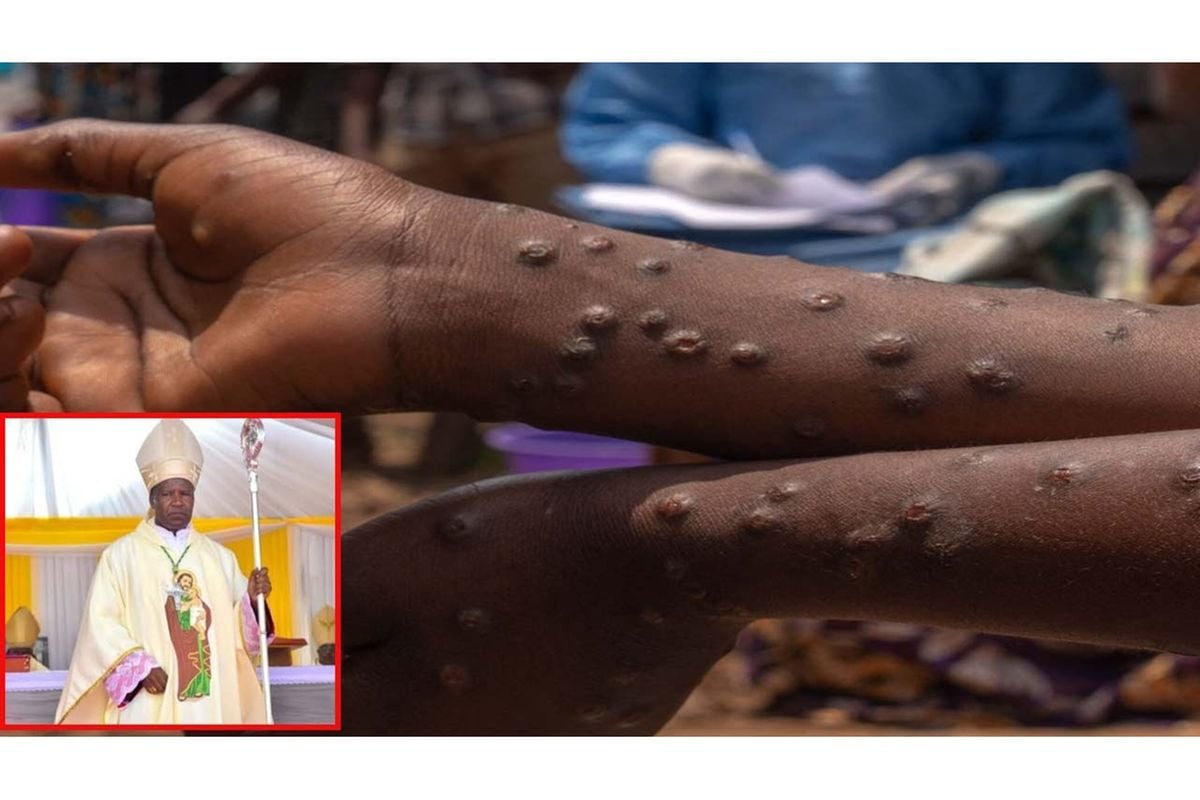Dar es Salaam. Tanzania’s fish exports surged by 40 percent in the past year, driven primarily by Nile perch fillets.
Data from the ministry of Livestock and Fisheries reveals a jump from 29,467 metric tonnes to 41,271 metric tonnes of fish and fish products exported between April 2023 and April 2024.
This increase translates to a rise in export value from $198.2 million to $206.6 million, with government tax revenue also climbing 15 per cent to Sh14.45 billion.
Nile perch fillets remain the top export, despite a slight volume decrease (from 9,191 metric tonnes to 8,917 metric tonnes). It still generated the most income at $53 million.
The minister for Livestock and Fisheries presented the budget, Mr Abdallah Ulega, who requested the endorsement of Sh460.3 billion for the 2024/25 fiscal year on Tuesday.
According to the document, the increase in exports led to a surge in the value of exports from $198.21 million (about Sh515.35 billion) to $206.60 million (equivalent to Sh537.16 billion).
Furthermore, the data shows that generated revenue enabled the government to increase tax collection from Sh12.56 billion to Sh14.45 billion, about 15 percent up.
Despite the decline in the volume of exported Nile perch fillets from 9,191.14 metric tonnes ($61.58 million) in April last year to 8,917.53 metric tonnes ($53.015 million) this year, the product remains higher in terms of volume and generated income. Other types of fish products that trailed Nile perch fillets as per the April 2024 data, with their respective volumes and values in brackets, are dried fish maws (462.7 tonnes—$44.13 million), dried silver fish from Lake Tanganyika (308.95 tonnes—$10,43 million), dried silverfish from Lake Victoria (7,837.8 tonnes—$8.03 million), and frozen octopus (1,059.2 tonnes—$7.88 million).
However, products that trailed Nile perch fillets in the export of fish and its products recorded last year were frozen octopus (1,321.32 metric tonnes), frozen H&G (901.26 metric tonnes), and sea shells and cowries (615.5 metric tonnes). The director of Fisheries, Prof Mohamed Sheikh, attributed the increase to government initiatives, including introducing and implementing internal and external systems.
“For instance, the issuance of permits and licenses is now done electronically, therefore reducing shortcomings that lead to loss of revenue,” he said over the phone. “We have also intensified the war against illegal fishing and smuggling of fish and its products to increase industrial raw materials, something that would lead to a surge in the volume of exports,” added Prof Sheikh.
He said strengthened internal systems led to an increase in revenue collection to 64 percent of ministry targets as compared to 49 percent that was recorded during a similar period last year.
Prof Sheikh unveiled the major importers of silverfish from Lake Tanganyika and Lake Victoria as the Democratic Republic of the Congo (DRC), Zambia, and the US.
Furthermore, he disclosed that most of the 21 fish processing factories operating in the country were facing the challenge of inadequate supply of raw materials, principally due to high domestic consumption of some species, including the Nile Perch.
“Ongoing strategies aim at increasing production of Nile perch and protecting breeding habitats to increase the population in a particular lake. Other efforts include intensifying the war against illegal fishing, which is anticipated to increase the volume of raw materials for our factories, hence more exports,” he said.


